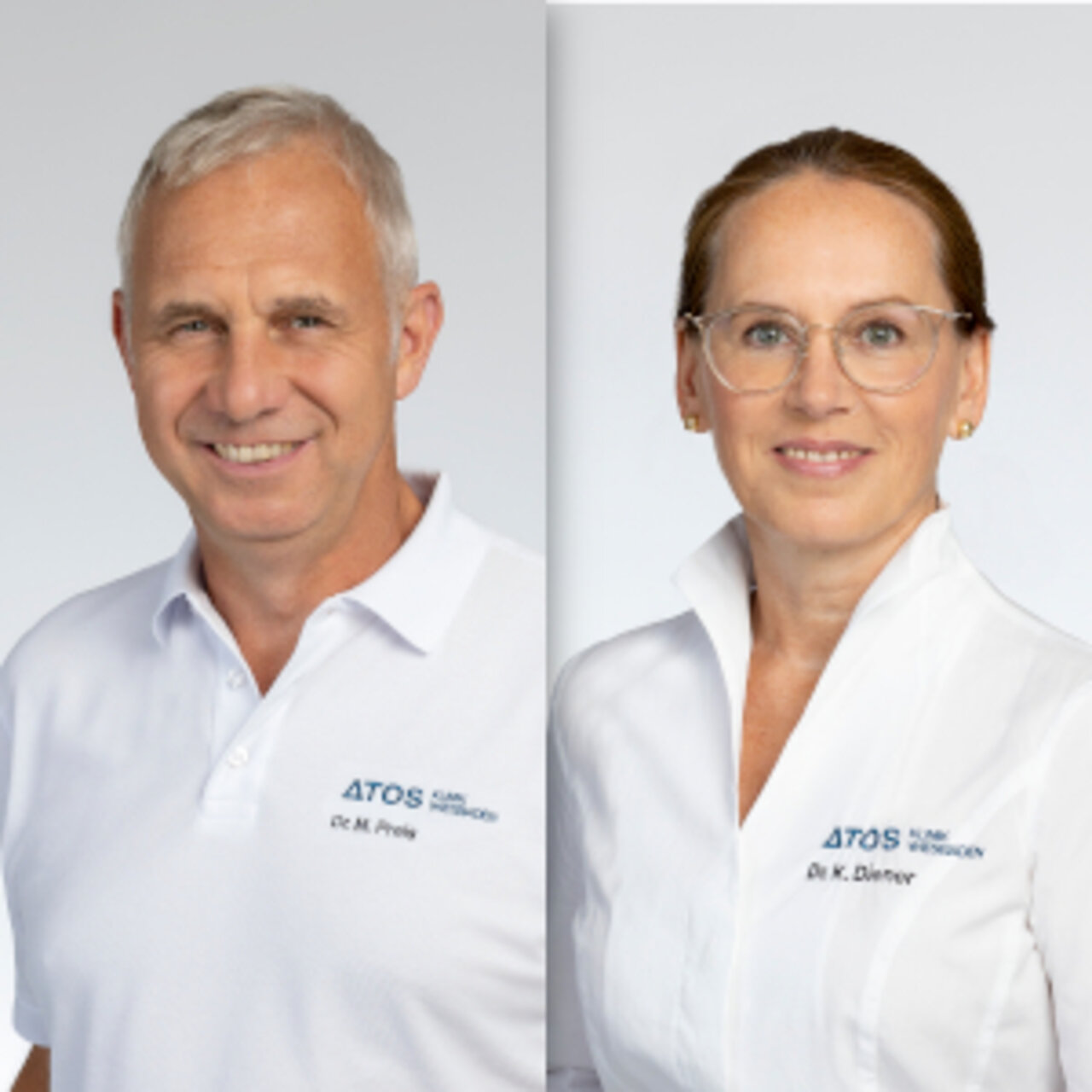Specialists in Ankle arthrodesis
8 Specialists found
Information About the Field of Ankle arthrodesis
What is an arthrodesis or fusion of the ankle joint?
Arthrodesis refers to the surgical fusion of two bones that previously made up a movable joint. Through precise merging, a stable fusion of the bony parts can be achieved. In an arthrodesis of the upper ankle joint, also called ankle fusion, the tibia and talus are connected to each other. Additionally, an arthrodesis of the lower ankle joint can be performed, which can possibly be carried out in combination with an additional stiffening of adjacent foot joints.
When is an ankle arthrodesis recommended?
The indication for arthrodesis of the ankle joint must be well reflected and the patient should have been treated in advance with other joint-preserving approaches. Apart from medication and other conservative options, this may also entail joint-preserving surgery. Should all these measures fail to improve the problem and instead cause severe pain and a substantial loss of function in the ankle joint, arthrodesis may be appropriate.
Ankle fusion is a promising choice especially in patients with severely advanced arthrosis of the upper ankle joint. Ankle joint deformities, complex ankle fractures, ineffective endoprostheses as well as other conditions can also be treated with arthrodesis.
How does an ankle fusion work?
A number of different surgical techniques are available for an ankle fusion. Choosing the most appropriate method depends on a range of factors and will need to be adjusted to the individual clinical picture.
The cartilage is removed first and the sensory nerve endings are obliterated. Following this, the joint surfaces that have been milled off can be positioned in such a way that the ankle joint assumes its ideal position. Metal implants (usually screws) are introduced to permanently and firmly connect the two bone surfaces. Such implants can be left in place permanently in most cases, even after the bone surfaces have successfully fused.
The classic surgical technique involves opening the ankle joint, usually with two incisions, and dissecting the soft tissues from both sides. In this way significantly more healthy tissue is compromised, which impairs the healing process. Therefore, the more gentle arthroscopicprocedure is being used more and more whenever possible. A high-resolution camera and specialized instruments are passed through smaller skin incisions into the ankle joint, which is irrigated with a sterile saline solution. The screws can also be embedded in the bone through small incisions. There are various benefits to arthroscopic arthrodesis and in addition to a diminished risk of infection, it enables a much more speedy recovery process.
How long does an ankle fusion take?
The time required to perform an ankle fusion varies depending on the surgical technique and the extent of the operation. Furthermore, the expected operative time depends on the procedure and will be communicated with the surgeon in advance. Following surgery, most patients spend a couple of nights in the hospital for observation and postoperative checkup before being discharged following a final examination.
Recovery process and prognosis
Postoperative care may vary between patients and is also affected by the surgical technique employed. Through the use of the low-impact arthroscopic method, healing and rehabilitation can be significantly sped up. For about 8-10 weeks after the operation, patients wear a special orthopedic splint day and night and are instructed to minimize stress on the ankle at first. Physiotherapy involves lymphatic drainage of the leg, as well as learning to walk the correct way with a fused ankle joint without putting any weight on the operated leg. Physical exercises are not carried out during this period.
Starting from the 6th week and depending on the level of pain, a gentle increase in load can be started. Intense strain on the ankle, such as at work or during contact sports, should be refrained from for up to one year after the procedure. Resting in this way will ensure that the bone grows together as thoroughly as possible.
Living with a fused ankle joint
One of the great advantages of an ankle fusion is how even persistent pain of the ankle joint can be managed. Already a few weeks after the operation, most patients report a significant improvement of their complaints. Fusing the ankle joint results in adjacent functional joints in the ankle region being able to compensate for the restricted mobility. In this way, there is very little loss of overall ankle mobility. As a result and contrary to most expectations, patients who underwent ankle fusion can walk normally, engage in everyday activities such as driving and in many cases they can continue to participate in various sports. In the majority of cases, patients do not experience any problems regarding the implants so that they can remain in place permanently and thus making additional surgical removal of the implants superfluous.
Which doctors and clinics are specialists?
For patients with advanced osteoarthritis as well as other conditions that may indicate an ankle fusion, specialists in orthopedics and trauma surgery with a surgical focus should be consulted. Especially certified experts for foot and ankle surgery would be the right contact in this regard.
Let us help you find an expert for your condition. All doctors and clinics listed have been evaluated by us for their outstanding specialization in the field of ankle fusion and are looking forward to your inquiry or your request for treatment.







